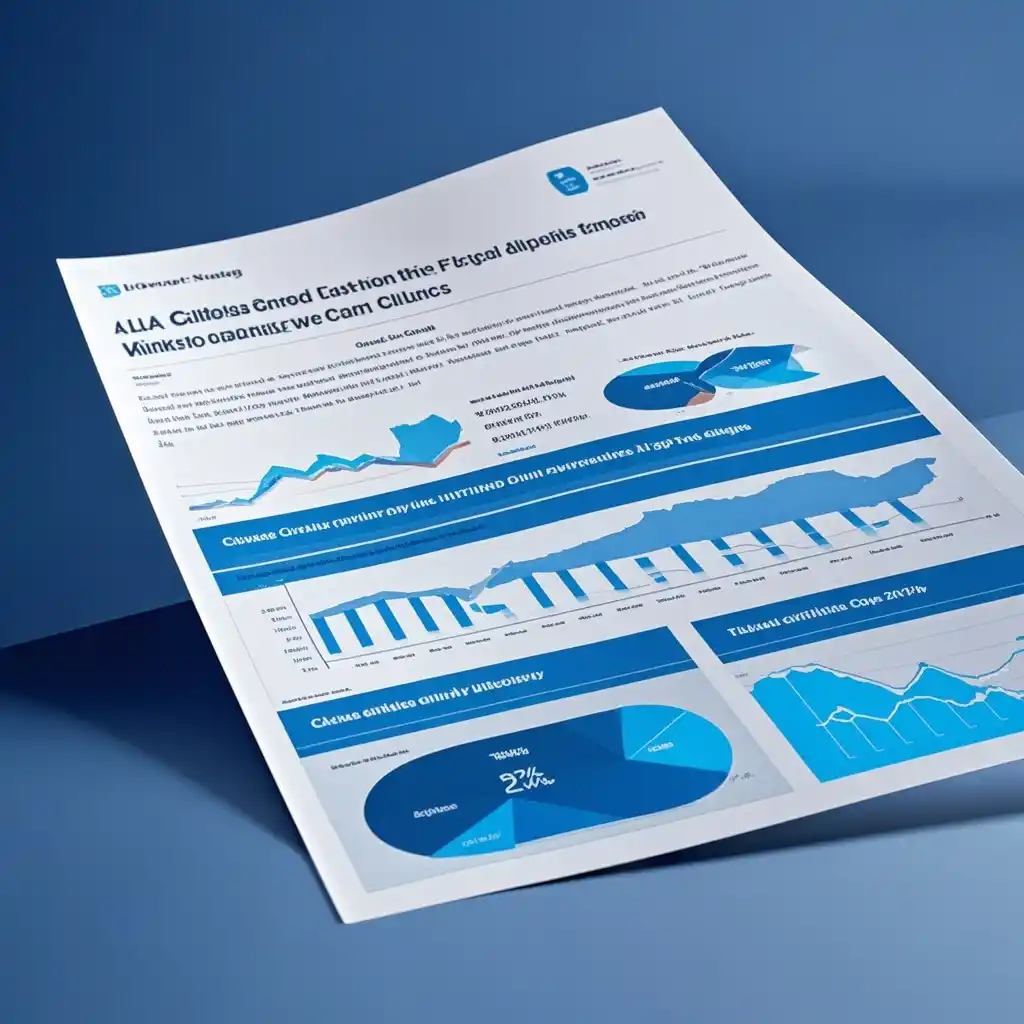Background
In the complex landscape of international trade relations, the situation of China imposing 84% retaliatory tariffs on US goods has emerged. This move is often a response to certain trade policies or actions taken by the United States. For cross - border e - commerce enterprises, this has created a significant new context to operate within. Historically, trade between China and the United States has been substantial. The two countries have been major trading partners, with a wide range of goods flowing in both directions. However, disputes over issues such as trade imbalances, intellectual property rights, and market access have led to a series of trade measures, including these retaliatory tariffs.
The Impact of Tariffs on Cross - border E - commerce Enterprises
1. Cost Increase For cross - border e - commerce enterprises that deal with US goods, the 84% retaliatory tariffs mean a substantial increase in the cost of importing these goods. For example, if an e - commerce company was importing a product worth $100 from the US, with the new tariffs, they would now have to pay an additional $84 in tariffs. This significantly erodes profit margins, especially for those dealing with low - margin products. 2. Supply Chain Disruptions Many cross - border e - commerce enterprises have established relatively stable supply chains with US suppliers. The tariffs can disrupt these supply chains. Some US suppliers may be unable to absorb the cost of the tariffs and may choose to reduce exports to China or even stop altogether. This forces e - commerce enterprises to look for alternative suppliers, which often involves time - consuming searches, quality verification, and building new business relationships. 3. Market Demand Changes The increase in prices due to tariffs can also lead to changes in market demand. Consumers may be less willing to purchase US - sourced products that have become more expensive. This can result in a decline in sales volume for cross - border e - commerce enterprises dealing with US goods. For instance, if a particular US - made fashion brand was popular among Chinese consumers, but with the price increase due to tariffs, its sales may drop significantly.
Strategies for Cross - border E - commerce Enterprises
1. Diversifying Supplier Sources One of the most effective strategies is to diversify supplier sources. Instead of relying solely on US suppliers, e - commerce enterprises can look for suppliers in other countries. For example, European countries, Southeast Asian countries, and some emerging economies may offer similar products with more favorable cost - price ratios. By establishing relationships with multiple suppliers from different regions, enterprises can reduce their dependence on US goods and mitigate the impact of the tariffs. 2. Focusing on High - value - added Products Enterprises can shift their product focus towards high - value - added products. These products typically have higher profit margins, which can better absorb the impact of tariffs. For example, high - end electronics, luxury goods, or specialized medical equipment. Although the tariffs may still increase the cost, the higher profit margin can help maintain profitability. 3. Strengthening Domestic Market Development Given the challenges in the cross - border trade with US goods, e - commerce enterprises can also focus more on the domestic market. China has a large and growing consumer market. By understanding the domestic consumer needs better, optimizing marketing strategies, and improving product localization, enterprises can find new growth opportunities within the domestic market.
Summary
In conclusion, China's 84% retaliatory tariffs on US goods have brought a series of challenges to cross - border e - commerce enterprises. These challenges include cost increases, supply chain disruptions, and market demand changes. However, by adopting appropriate strategies such as diversifying supplier sources, focusing on high - value - added products, and strengthening domestic market development, e - commerce enterprises can navigate through these difficult times. It is also important to note that the international trade situation is constantly evolving, and enterprises need to be vigilant and adaptable to changes in order to maintain their competitiveness in the long run.

